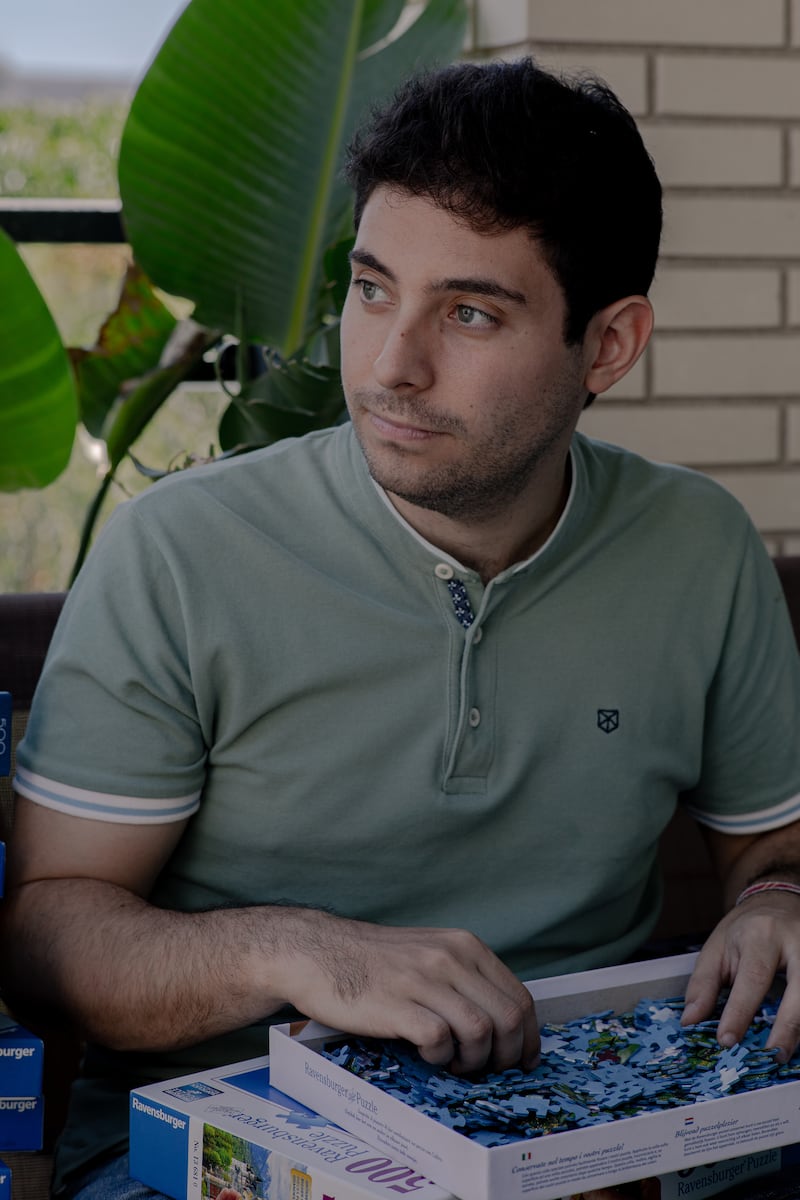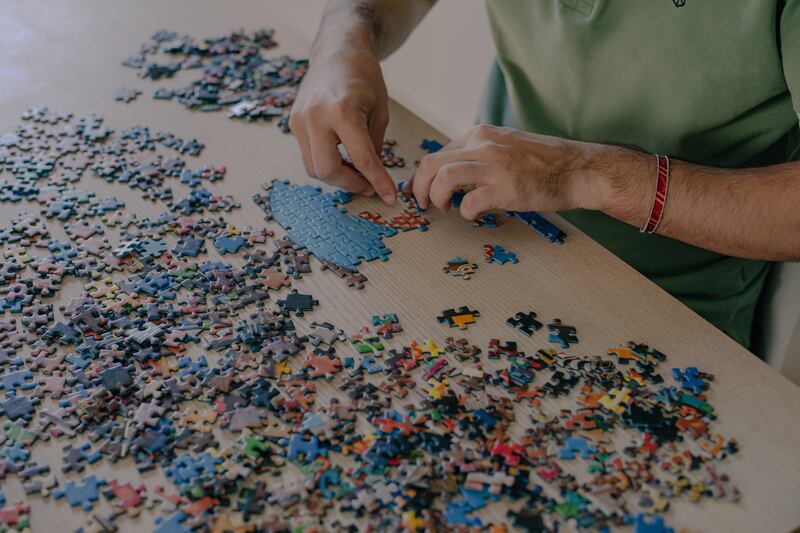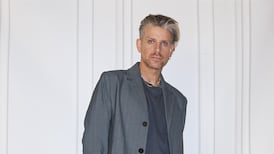In the winter of 1966, The New York Times published a story about the jigsaw puzzle boom sweeping the country, quoting a Barnard College professor who said, “The reason that people do puzzles is nothing more complicated than compulsion.” Almost 60 years later, jigsaw puzzle culture has exploded far beyond mere compulsion: it’s a thriving community with online stars and an international tournament drawing thousands of nimble-fingered competitors.
That tournament, the World Jigsaw Puzzle Championship, will hold its fourth edition this September in Valladolid, Spain, a city about 210km northwest of Madrid. Participants from more than 75 countries, including eight listed as representing Ireland, will race to complete multiple puzzles for a modest cash prize and bragging rights over six days.
One of the more well-known competitors in Spain will be Karen Kavett (33), of Los Angeles, who has been doing her part to fuel the speed-puzzling craze. Kavett, one of the sport’s most familiar figures, has built a sizeable following on social media since she started making content in 2018 – including more than 290,000 subscribers on YouTube – where she goes by Karen Puzzles.
For Kavett, puzzling is not only a pastime, it is how she earns a living and connects with others.
READ MORE
“When I’m here practising speed puzzling, just alone in my apartment, it makes me feel connected to a broader community, in a way that I had never really felt before with puzzling,” says Kavett. “For a long time, it was just a solitary activity. But with this, you have a benchmark or a statistic, something in common where you can compare yourself to other people around the world.”
[ One piece at a time – Fionnuala Ward on jigsaw puzzlesOpens in new window ]
In August, she will begin preparing for the world championships by replicating the competition atmosphere in her apartment, down to the dimensions of the work space. Her technique involves completing a wide variety of puzzles, including some that her competitors have done, for the sake of comparing times.
The World Jigsaw Puzzle Championship was founded in 2019 by Alfonso Álvarez-Ossorio of Spain, who set out to create an event that would bring together speed puzzlers from different countries. Each edition has been held in Valladolid (it was cancelled in 2020 and 2021 because of the coronavirus pandemic).
“It was also the first time in the world that someone made a live broadcast of a puzzle championship, with a set of commentators, production,” Álvarez-Ossorio said. “We couldn’t learn from anyone because it was unexplored territory that no one had ever dared to do.”
Álvarez-Ossorio has also helped countries set up their own speed-puzzling chapters to build the competition’s popularity. For some puzzlers, he said, “this trip represents the vacation of the entire year”. More than 3,000 participants are expected this year, up from about 1,800 in 2023 and up from about 500 in 2019, its inaugural year. The competition has three classifications – individuals, pairs and teams – each going through multiple rounds until winners are declared.
What makes a good speed puzzler? According to Álvarez-Ossorio, they need great visual acuity, quick hands, concentration, organisation and intuition. “Of course you also have to have technique,” he said. “But in my opinion, what differentiates a true champion is the ability to self-control, to ensure that the pressure does not affect them or they hardly notice it.”
No two puzzlers are the same. Here is one of the most common strategies: start by flipping the pieces so that they are image side up, then organise them into sections based on colour, pattern, object or border. From there, assemble the edges and fill in the regions you feel most comfortable with until the puzzle is complete.


Alejandro Clemente León (28), the reigning individual world champion for two years in a row, clinched last year’s title by speeding through a 500-piece puzzle in just under 38 minutes. Like Kavett, he starts by flipping over the pieces, but he avoids doing the edges first.
Clemente León, who lives in Barcelona, Spain, purposefully ignores the clock and his competitors when competing. He prefers to focus on placing the pieces together quickly.
His appreciation for puzzling began at about age 10, when he started doing 1,000-piece puzzles. He shifted to 500-piece puzzles in 2019 after completing a competition with his father. Five years later, his seriousness for the sport has grown – and so has his puzzle collection, which has swollen to about 300. He stores them in a spare room in his apartment.
“During the week, I always have a big puzzle at my table,” he said. “I can spend some minutes after work, or take a break for 10 to 15 minutes. This is my time to relax and disconnect.”
Clemente León says that he competes for pure enjoyment and that it is not important for him to maintain his world-champion title.
“I always say that the day I feel that I’m not enjoying doing a puzzle in a competition, I will retire,” he said. Until then, he is taking it one piece at a time. – This article originally appeared in The New York Times.


















